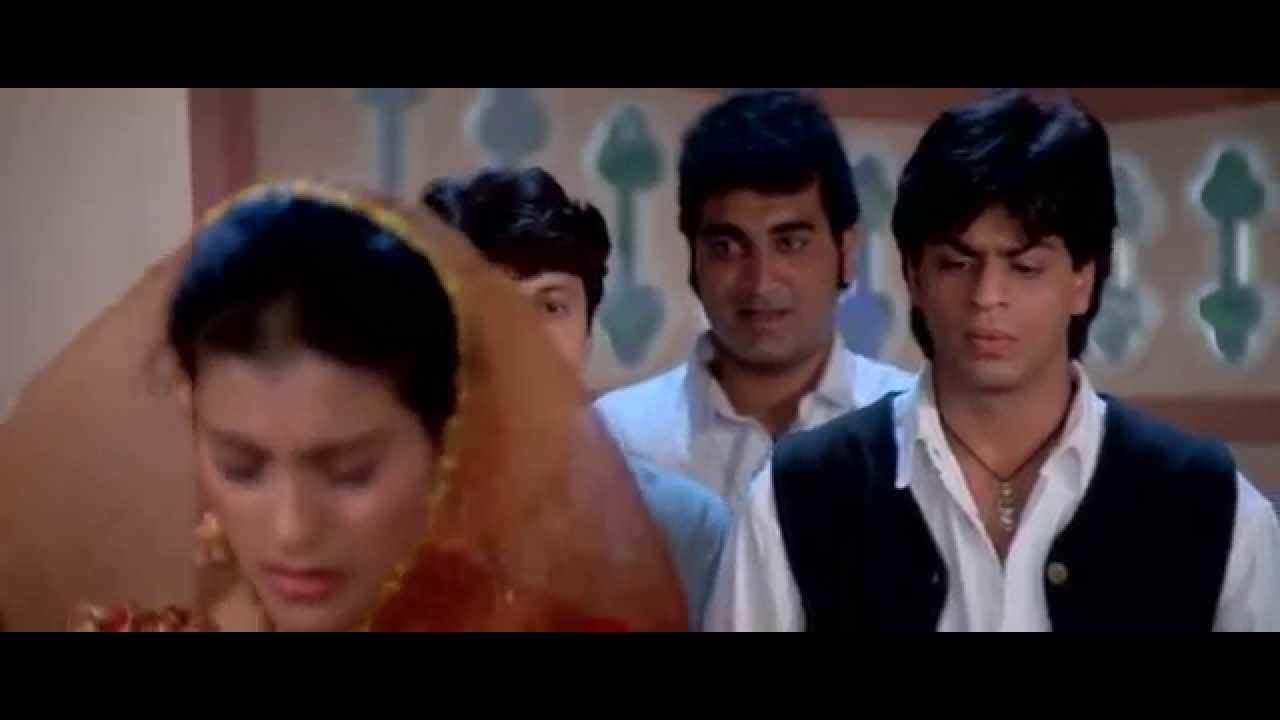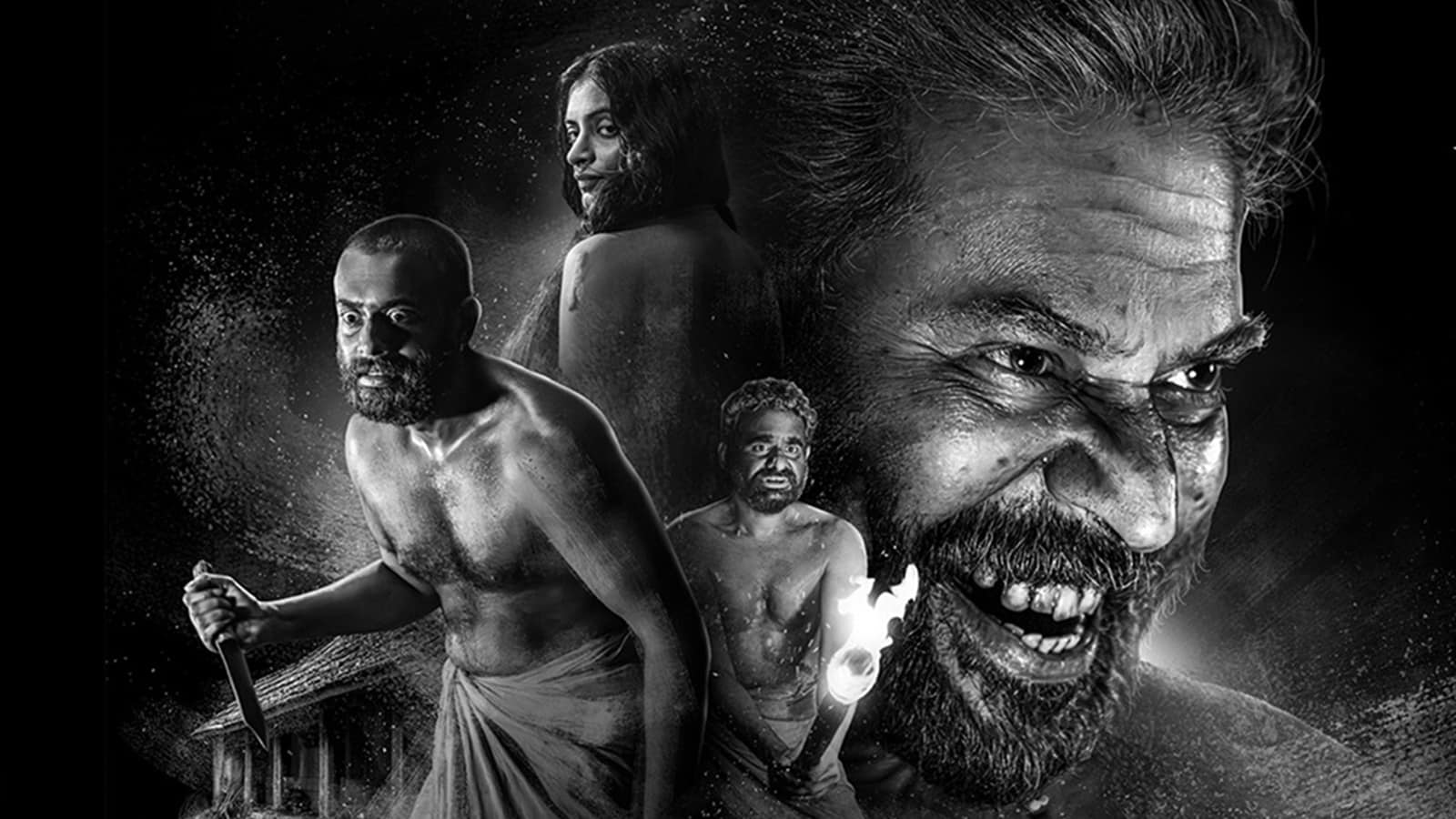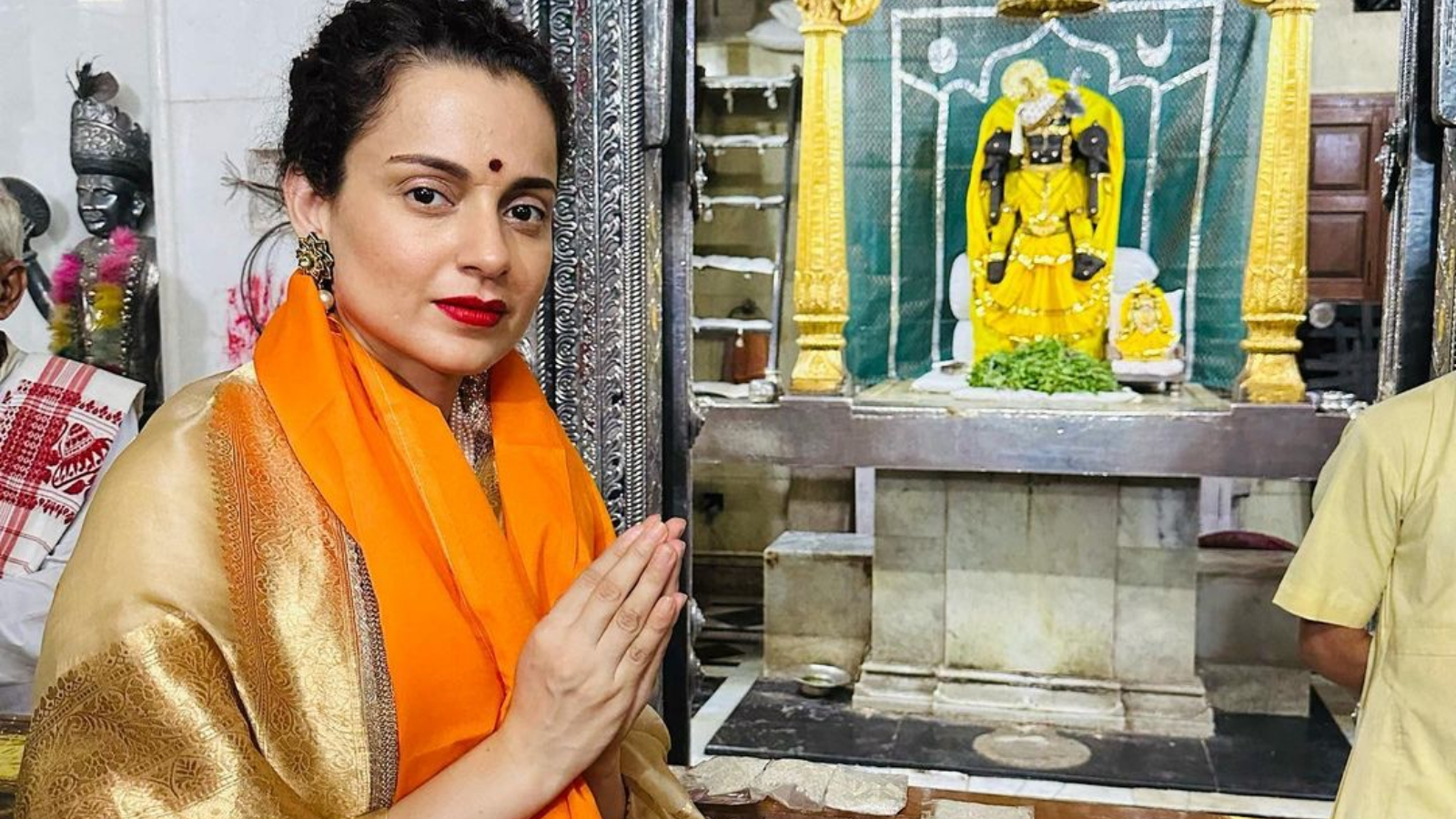Hindi film music is inextricably linked to our everyday lives. We’ve grown up listening to songs as our anthems, lip synced to lyrics when we were alone, danced to them in front of our mirrors, and silently hoping our real lives would be as musical and fantastical as the movies made them out to be. I don’t know about many, but as I grew up on a staple diet of Jane Austen and Yash Chopra (paradoxical I know), I half hoped my Mr. Darcy would be standing in the mustard fields waiting for me to run into his open arms.
But as I grew up into a feminist, waiting to see and understand the world, glaring discrepancies started to emerge in even the most innocent modes of relaxation; finding comfort in the familiarity of contemporary Hindi film music. I admit I was a fan of ‘Dilwale Dulhania Le jaayenge’ as I grew up- basically, till I spotted the glaring patriarchy that stared at my bewildered face. Most songs of the film I let pass without batting an eye, but there is a line in ‘ghar aaja pardesi’ picturised on Karva Chauth (a conversation on festivals & sexism for another day) that says “tere haath se peekar paani, daasi se ban jaun raani.” The self-deprecation in the line laced in devotion, makes it extremely dangerous.
https://www.youtube.com/watch?v=-BMxU8DEsIA
Think about the songs we listen to, today. Odes, in the name of modernity are fearlessly laced with objectification. Has Hindi film music not celebrated the female lover earlier? Two greatest odes ‘chaudhvin ka chand’ rendered magically by Mohd. Rafi for Guru Dutt, penned by Shakeel Badayuni, is poetry describing the incomparable charm of Waheeda Rehman, and ‘Afreen Afreen’– rendered by Nusrat Fateh Ali Khan, penned by Javed Akhtar, are testimonies to celebrating & loving beauty. As is ‘maine poocha chand se,’ by Anand Bakshi from Abdullah. The songs detail out features, without stereotyping and belittling. Varied comments have been made about the steadily deteriorating standards of writing in today’s films. It is blasphemous to compare those gems with the songs of today. They objectify weights, waists, ages, colour. Not only is the writing deplorable, but the woman is nothing but an object of physical desire.
Desire wasn’t seen as being laced with one being the ‘object’ (woman) and the other being the ‘subject.'(man) Listen to ‘Chori chori solah singaar karoongi’, in Manoranjan, by Anand Bakshi as she sings of her forbidden desire. Or ‘Bahon mein chale aao’ that entices the reluctant lover, as we see the desire of the woman being voiced so fearlessly. The permission for intimacy was validated by the weather ‘Jalta hai jeeya mera bheegi bheegi raaton mein’ or ‘Bheegi bheegi raaton mein’ and even ‘tip tip barsa paani’- each is iconic for varied reasons- but united by uninhibited articulation of female desire.
Increasingly, we find both genders only singing of male desire. Whether it is Bajirao Mastani’s ‘Mai deewani’ that happens only because the man gazes at her, or the various ‘item’ songs that unabashedly claim that women become varied things for the fantasies of men- that range from being a ‘tandoori murgi’ to ‘zandu balm’ to ‘being too sexy.’ I have made this point earlier in one of my writings, that what is this ‘item’ song? What does the word ‘item’ imply? Is it the song or the woman in it? Are we, in 2016, referring to women as ‘items’? Maybe then, the way we talk about our cinema, also needs to change.
Also Read: Female Actors and Hindi Cinema: Whose Voice Is It, Anyway?
The concept of power has changed. Take the example of the extremely popular ‘DJ waale babu’. One, the woman seems to perennially be begging to hear a track. The rap, in various, suggestive tones brings everyone from the minister to the DJ in conversation, exhibiting power- both theoretically and physically. The specifically nauseating section of the rap goes like this “Patient hoon tere husn ka, Patience meri test na kar, Aa DJ aale gaana bajade, Jau se baby keh rai ae, Bakhi puri kar dunga main, Koi kasar joh reh rai eh.” The entitlement of power is exhibited- over the establishment, the woman- and well certainly the DJ!
Where are the songs that talk about the woman’s personality? Who she is, what she believes in? There are several that come to mind for characters of men- ‘Munnabhai MBBS’, ‘Behti hawa sa’ – 3 idiots, ‘Tadad tadad’ from Ram Leela- introducing Ram. But songs for women are governed by the characters they portray- they will be a song for a mother- ‘Maa’ from Taare Zameen Par’ being an example, or for a sister or a muse- all essentially in a relationship with a man- but of the character solely of the woman? Barring ‘Mardaani’ and ‘Aali re’- from specifically women-centred films, can’t really think of any others. The inequality here, is also testimony to the reigning sexism. Similarly, there seem to be hardly any songs around female friendships, sisterhood or even mother- daughter relationships- barring a couple, far few and in between! Each relationship, each role is in accordance to a man at the centre of it.
Devotion as a feeling (exhibited by the woman for the man), has also helped popularize the notion of the woman being subservient, submissive and the lesser of the two in a relationship. Songs like ‘Aaja piya tohe pyaar doon’ or ‘tere liye palkon ki jhaalar bunoon’ end up, as solos, putting one over another. In the same vein however, ‘Chupa lo yun dil mein pyaar mera’ expands the nature of how devoted two lovers can be to one another- equal in each respect. A comparison between the same emotion, yet a sense of equal devotion is palpable.
https://www.youtube.com/watch?v=k0NnzaKaHOw
What is missing is the sensitivity, the need for equal portrayals, and the worldview of a gender-just world. The most iconic, deep and sometimes romantic songs were written by the greats Sahir Ludhianvi, Shailendra, Kaifi Azmi, Javed Akhtar, Gulzar – where conversations were two fold, poetic words concentrated on feelings- cognizant of equality and agnostic of gender bias. Whether it was ‘Kabhie Kabhie’ or ‘Yeh kahaan aa gaye hum’, whether it was ‘Raat akeli hai’ or ‘Chhu lene do nazuk honthon ko’, whether it was ‘Waqt ne kiya’ or ‘Milo na tum toh hum ghabraayein,’ each song looked at the character, its longings, and its desires. It’s time that women are portrayed equally. Our relationships, our desires, our feelings are and can be much more than our bodies, and our ‘desire’ to please men.
Also Read: How Music Promotes Misogyny & Gender-Based Violence
Featured Image Credit: Youtube




